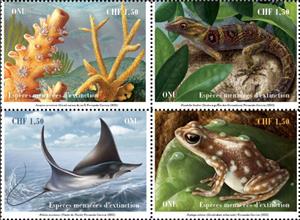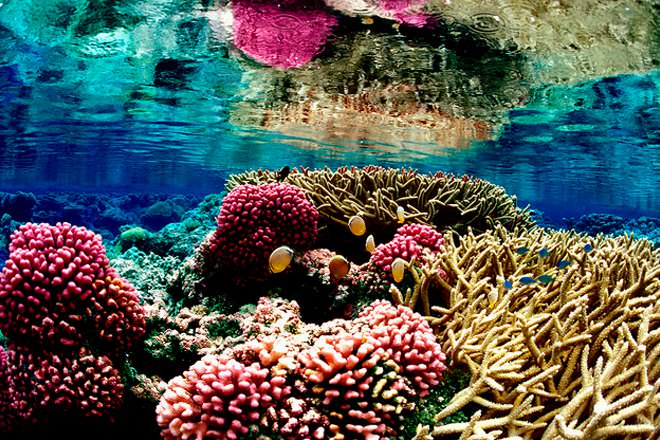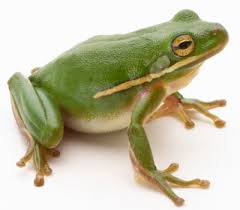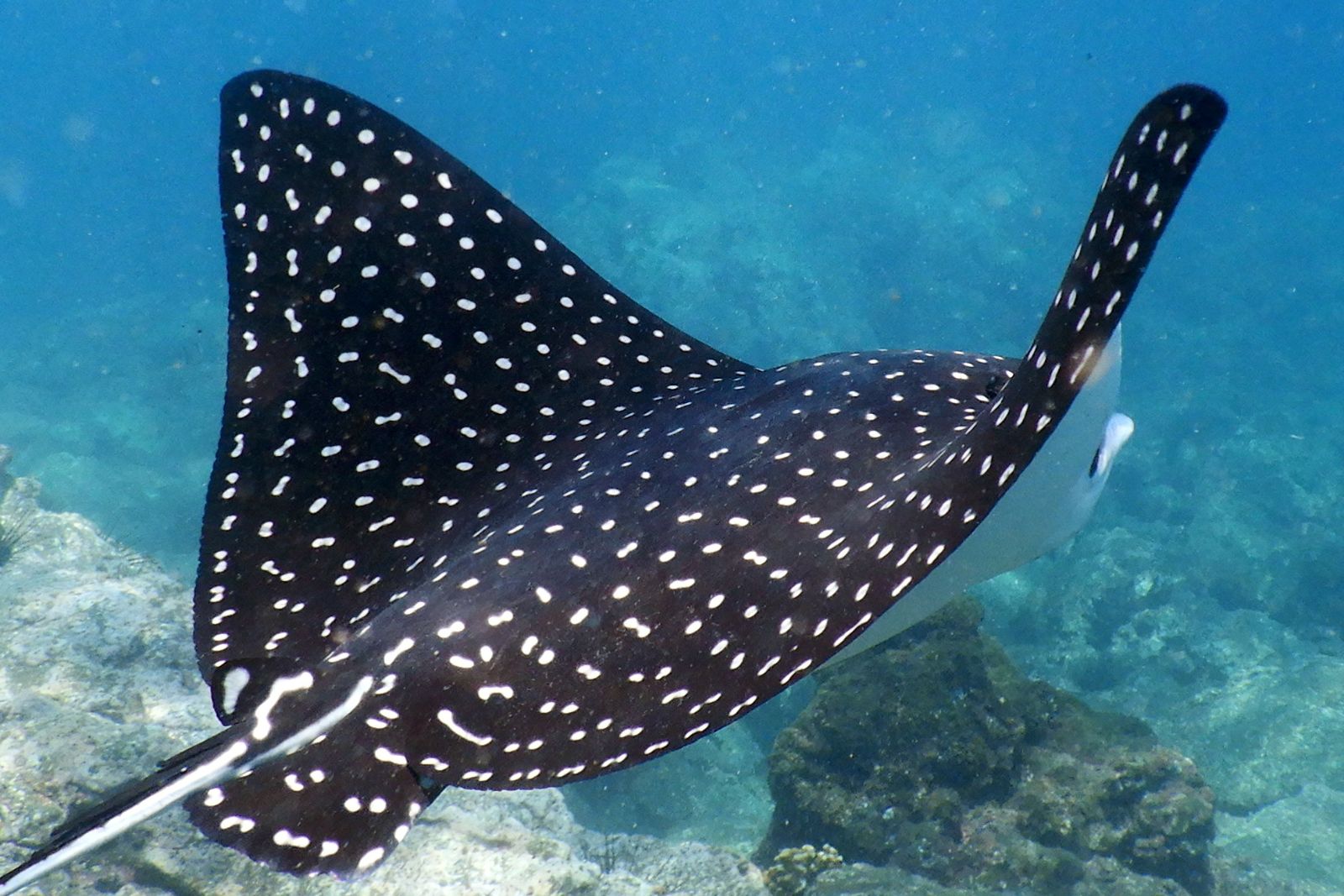Se-tenant: Endangered Species 2022 (UNO Geneva 2022)
Endangered Species 2022 (UNO Geneva 2022)
18 March (UNO Geneva ) within release Endangered Species (2022) goes into circulation Se-tenant Endangered Species 2022 face value 4*1.50 Swiss franc
| Se-tenant Endangered Species 2022 in catalogues | |
|---|---|
| Colnect codes: | Col: NT-GE 2022-02 |
Se-tenant is horizontal format.
Issued in panes containing four se-tenant blocks of fourAlso in the issue Endangered Species (2022):
- Se-tenant - Endangered Species 2022 face value 4*1.50;
- Mini Sheet - Endangered Species 2022 face value 16*1.50;
- Stamp - Grenadines Clawed Gecko (Gonatodes daudini) face value 1.50;
- Stamp - Polkadot Poison Frog (Oophaga arborea) face value 1.50;
- Stamp - Pygmy Devil Ray (Mobula munkiana) face value 1.50;
- Stamp - Staghorn Coral (Acropora cervicornis) face value 1.50;
Se-tenant Endangered Species 2022 it reflects the thematic directions:
A coral reef is an underwater ecosystem characterized by reef-building corals. Reefs are formed of colonies of coral polyps held together by calcium carbonate. Most coral reefs are built from stony corals, whose polyps cluster in groups.
A frog is any member of a diverse and largely carnivorous group of short-bodied, tailless amphibians composing the order Anura[(coming from the Ancient Greek ἀνούρα, literally 'without tail'). The oldest fossil "proto-frog" Triadobatrachus is known from the Early Triassic of Madagascar (250 million years ago), but molecular clock dating suggests their split from other amphibians may extend further back to the Permian, 265 million years ago. Frogs are widely distributed, ranging from the tropics to subarctic regions, but the greatest concentration of species diversity is in tropical rainforest. Frogs account for around 88% of extant amphibian species. They are also one of the five most diverse vertebrate orders. Warty frog species tend to be called toads, but the distinction between frogs and toads is informal, not from taxonomy or evolutionary history.
Batoidea is a superorder of cartilaginous fishes, commonly known as rays. They and their close relatives, the sharks, comprise the subclass Elasmobranchii. Rays are the largest group of cartilaginous fishes, with well over 600 species in 26 families. Rays are distinguished by their flattened bodies, enlarged pectoral fins that are fused to the head, and gill slits that are placed on their ventral surfaces.



